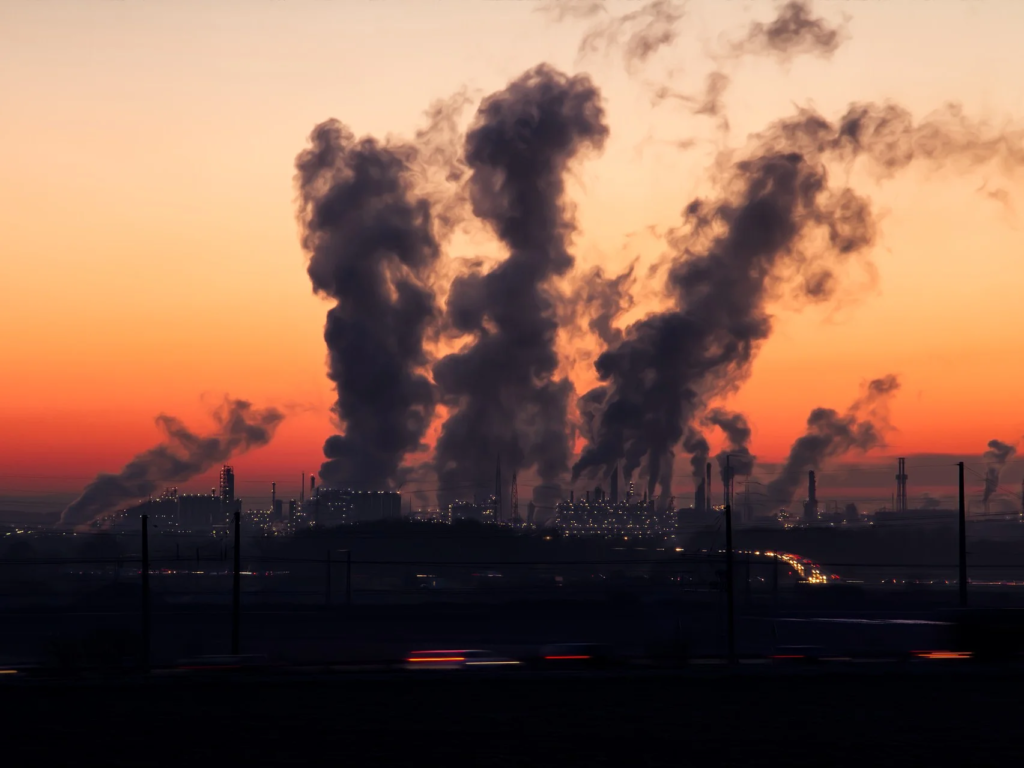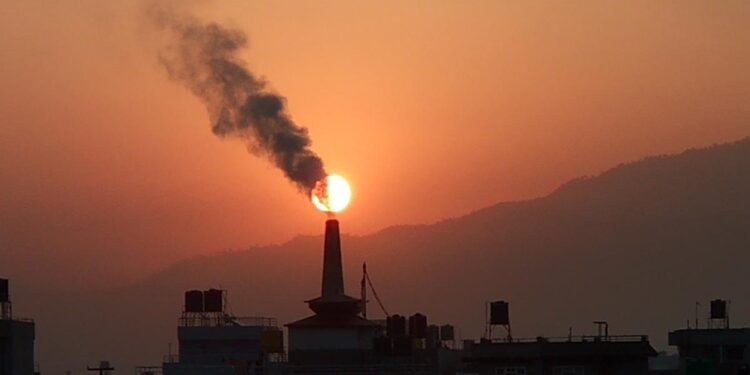According to the American Lung Association’s 2021 State of the Air report, four out of ten Americans—or 135 million people—live in counties with hazardous levels of air pollution (ALA). This report’s findings have revealed how Clean Air Act has helped reduce hazardous emissions from traffic, power plants, or manufacturing since it was originally released in 2000.
Climate change-fueled wildfires and excessive heat, on the other hand, are increasing the difficulty of preserving public health. Individuals of colour are 61 percent more likely as white people to live in such a county with failing grade in at least like those categories, or 3 times more likely to live in a county which fails in all three, according to the newest report.
Despite major advancements achieved in the Golden State over the last half-century, California cities consistently score in the top three in each of the three types of pollution measured by the ALA report (i.e., they had the highest pollution levels). These three cities consistently score among the finest in the US for air quality: Burlington, Vermont; Honolulu & Wilmington, North Carolina Air quality in your city or state can be viewed on this map.
Pollution In The Atmosphere And The Rights Of The Environment
No one wants to live near an incinerator, oil refinery or port; toxic waste dump; or any other polluting site. However, millions of people across the world do, increasing their risk of respiratory, cardiovascular, neurological, and cancerous diseases as well as mortality. According to the ALA, poor air quality affects persons of colour 1.5 times more frequently than it does whites in the United States.
While redlining has historically been used to prevent polluting industries from setting up shop in predominantly white neighbourhoods, it has also turned communities of colour — particularly impoverished and working class ones — into “sacrifice zones” where people are compelled to breathe polluted air and suffer the numerous health issues that come with it. In addition to heightened health risks, residents of these areas suffer from lost wages, higher medical expenditures, and a lack of local investment as a result of living in such areas. Read also Dumpsters For Construction Projects: Types Of Dumpsters.
In addition to urban and industrial areas, environmental racism extends to rural areas. Over three million seasonal and migrant farmworkers work outside in the United States, making them particularly exposed to air pollution—and also politically weak in their ability to exert political pressure on their bosses and lawmakers on behalf of the right to breathe clean air.

It has recently been shown that some towns are overburdened by layers of concerns, such as high poverty, unemployment, & pollution. Tool such as EJSCREEN and the Environmental Justice Screening Method prove what environmental justice communities have already been saying for decades: that land-use and public health reforms are needed to ensure that vulnerable areas aren’t overburdened and that the people who really need resources most are receiving them..
Keeping Air Pollution Under Control
Since its enactment in 1970, the Clean Air Act in the United States has been a critical tool for decreasing air pollution. However, fossil-fuel interests and lawmakers sympathetic to the industry have frequently sought to undercut the Act’s numerous protections. Improve our air quality will always depend on ensuring that this fundamental environmental rule is upheld and adequately implemented.
It’s also critical that we speed up our transition towards cleaner fuels & industrial processes, which will have the greatest impact on air pollution. There are a number of ways that we may reduce air pollution, including converting to renewable energy sources (such as wind or solar power), optimising fuel efficiency in our vehicles and replacing more and more gasoline-powered cars and trucks with electric models.
There are both environmental and economic consequences associated with reducing air pollution. To put it another way, according to an NRDC-commissioned analysis, clean air’s long-term benefits much outweigh the costs of clean air regulations. Up to 370,000 premature deaths, 189,000 fewer heart and respiratory ailments, as well as net financial advantages of up to $3.8 trillion for such U.S. economy every year, are among those benefits.





